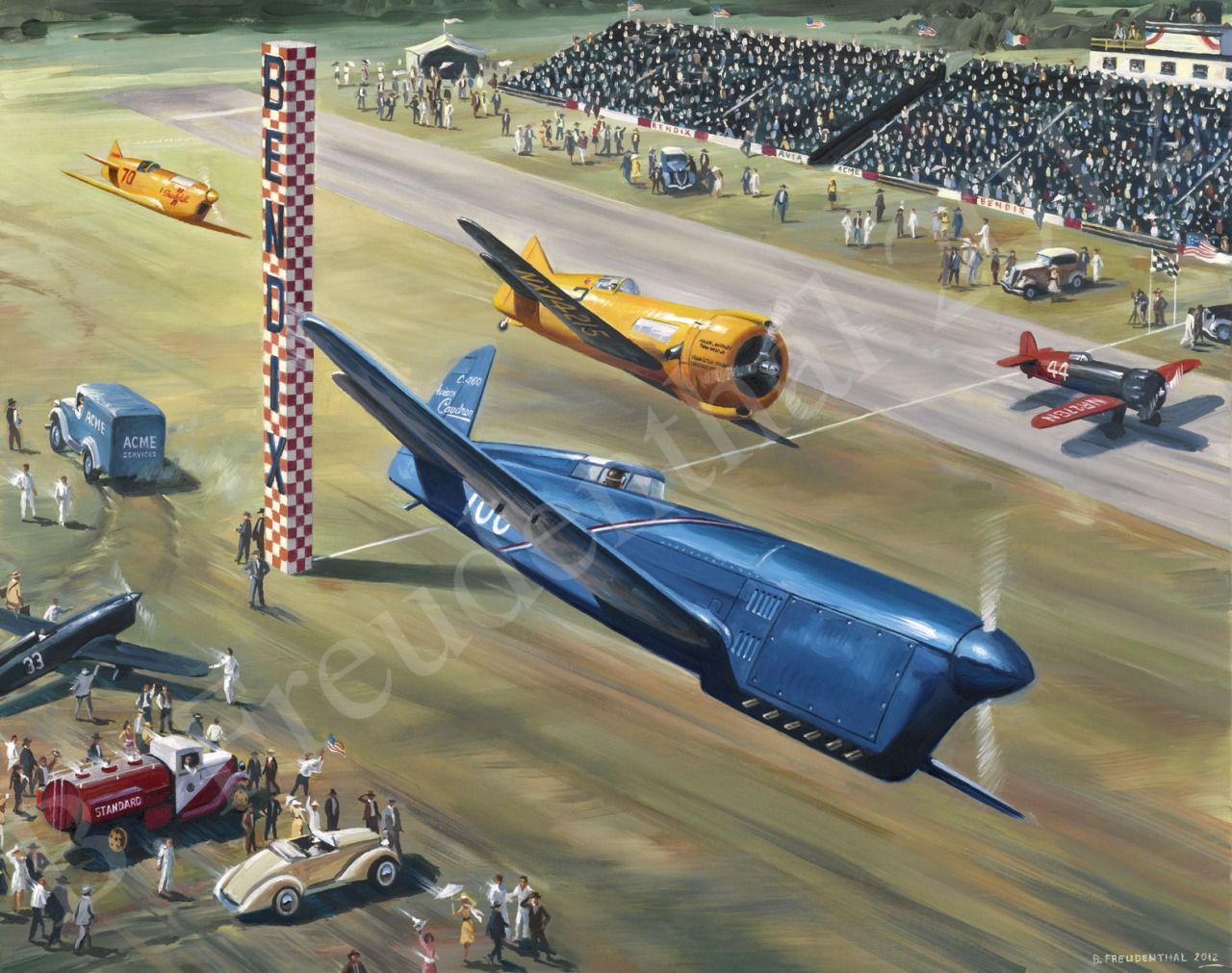Karstjager
I really should change my personal text
- Joined
- 28 October 2012
- Messages
- 6
- Reaction score
- 5

The US Army wants a missile capable of releasing a cluster of drones during flight in order to hit multiple targets.
After being released from the missile, the payload of "quad-copters" would decelerate, identify targets, land on the targets and detonate attached munitions, which the solicitation calls "explosively formed penetrators (EFP)."
"The ultimate goal is to produce a missile deployable, long range UAS swarm that can deliver small EFPs to a variety of targets. This will serve as a smart augmentation to the standard missile warhead," according to the Department of Defense request.
Possible targets named in the solicitation are tanks and large caliber gun barrels, vehicle roofs, fuel storage barrels, and ammunition storage sites.
While the technology is meant for military use, "other payloads could be used for remote sensing into dangerous/hazardous areas," the solicitation stated.
Earlier this month, the Pentagon in a test launched a swarm of 103 Perdix microdrones from three separate F/A-18 Super Hornets. The swarm demonstrated advanced behavior such as "collective decision-making, adaptive formation flying, and self-healing," according to a DoD statement.
Applications for the Army's air platform request are due Feb. 8.

The US Army Wants a Missile Filled With Drones
The U.S. Army wants a missile capable of releasing a cluster of drones during flight in order to hit multiple targets.www.defensenews.com
Hypersonic
Low signature
$100 to 222k
!!

Hypersonic Ingress
- On station in 5 - 8 minutes
Survivable
- Ingress trajectory
- Low signature / cross-section
Time over target
- Up to 60 - 90 minutes loiter on station
Multi-role
- Engagement and support roles
- ???
- Position, navigation and timing (PNT?)
- Networked communications (comms) in a contested environment
Modular payload
- Multi-role and easily upgraded
Cost imposition strategy
- Inexpensive to deploy, target is ~ $100K - $200K / vehicle, costly to defeat
The concept (and the configuration of the loitering munition in flateric's last graphic) reminds me of an enlarged version of that rocket-launched mini-UAV for the Smerch MLRS that keeps rearing its head since the mid-1990s.
After playing with sharpening and shadows / highlights I think that ??? is ISR; everything else I agree with.Multi-role
- Engagement and support roles
- ???
- Position, navigation and timing (PNT?)
- Networked communications (comms) in a contested environment

Maybe that's the dispenser?Why was a C-HGB shown in the photo? Assuming that it was a C-HGB or a future variant of it.
Submunitions?Maybe that's the dispenser?Why was a C-HGB shown in the photo? Assuming that it was a C-HGB or a future variant of it.
Submunitions?Maybe that's the dispenser?Why was a C-HGB shown in the photo? Assuming that it was a C-HGB or a future variant of it.
Strange program right down to the name.
HAWC (hawk)
ARRW (arrow)
Tactical Boost Glide
and then Vintage Racer
View attachment 634891

No newly released info above what's been posted, but another take on the matter
Pentagon Has Tested A Suicide Drone That Gets To Its Target Area At Hypersonic Speed
The system would allow a drone to be delivered to a defended target far away in a matter of minutes, where it could then hunt down its target.www.thedrive.com
Maybe that's the dispenser?
Starting wonder if maybe its payload is a drone swarm.
Apparently it's a modern ATACMS/BAT in concept.
I'm betting that some component looks like an old air racer. Maybe the loitering munitions?
If nothing else, worthwhile for the in-depth explanation of PNT, which was a new one for me (as indicated by the ? in my write-up).
If it was designed to hit targets scattered here and there on the battlefield, it could potentially be used as an anti-ship weapon, to target a fleet of ships or a convoy of enemy ships.
'Hypersonic' and 'loitering', two words I never expected to see together.
Don't need to sink a ship to make a mess of arrays, aerials, the bridge, etc and achieve a mission kill. And if it draws other assets alongside to assist, so much the better.
And something small and simple like WMCD skeet could probably puncture or damage a VLS cell and turrets, if that's the submunition.
been there done that - I think even long before RATTLRS'Hypersonic' and 'loitering', two words I never expected to see together.
Submunition ejection could be interesting at those speeds.
"Position, navigation, and timing" (PNT) is the DoD term for the principal services provided by GPS. Given concerns about GPS being spoofed/jammed, this might refer to a GPS relay or substitute capability to enable precision strikes even a GPS-denied environment.
